
Rock the Shack: the Architecture of Cabins, Cocoons and Hide-Outs by Gestalten
Words by Kiriakos Spirou
Location
Rock the Shack: the Architecture of Cabins, Cocoons and Hide-Outs by Gestalten
Words by Kiriakos Spirou
If luxury is to possess and enjoy rare pleasures, then in today’s high-paced, urban societies a simple lifestyle in connection with nature may very well be the rarest luxury of them all. This is the conclusion of the introductory essay found in the book Rock the Shack: The Architecture of Cabins, Cocoons and Hide-Outs, written by the book’s co-editor, Sofia Borges. Filled with all sorts of quirky small houses, rural pavilions, tree-houses and the like, Rock the Shack, which was published in 2013 by Gestalten, documents a kind of rural revival, where fatigued city denizens decided to build isolated retreats away from their urban homes as a way of getting back in touch with a more natural, calmer way of living.
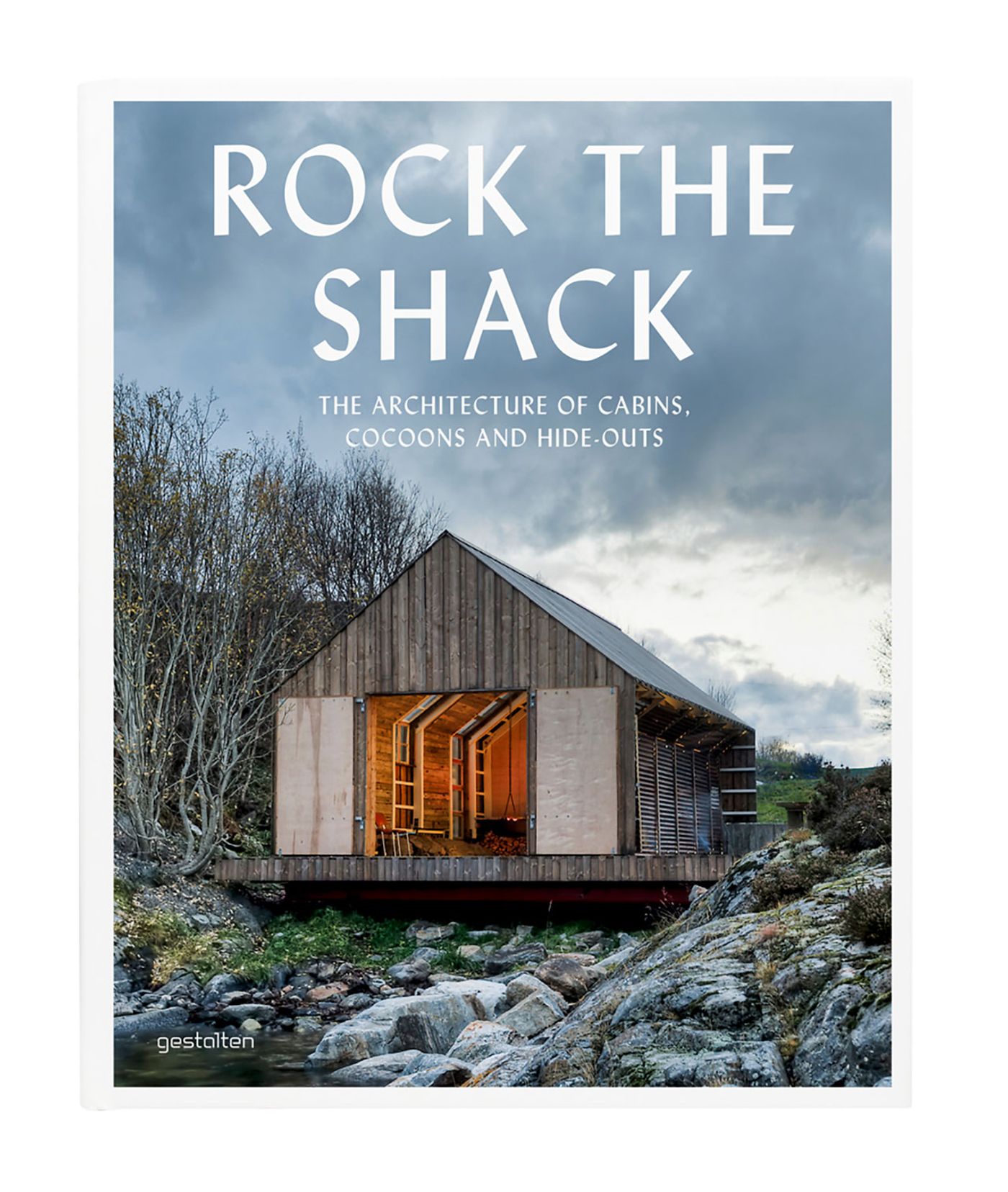
Rock the Shack cover. Copyright Gestalten 2013.

Juniper House by Murman Arkitekter in Gotland, Sweden, from the book Rock the Shack. Photography: Åke E-son Lindman. Copyright Gestalten 2013.

Polyhedron Habitable by Manuel Villa Architects in Bogota, Colombia, from the book Rock the Shack. Photography: Manuel Villa. Copyright Gestalten 2013.
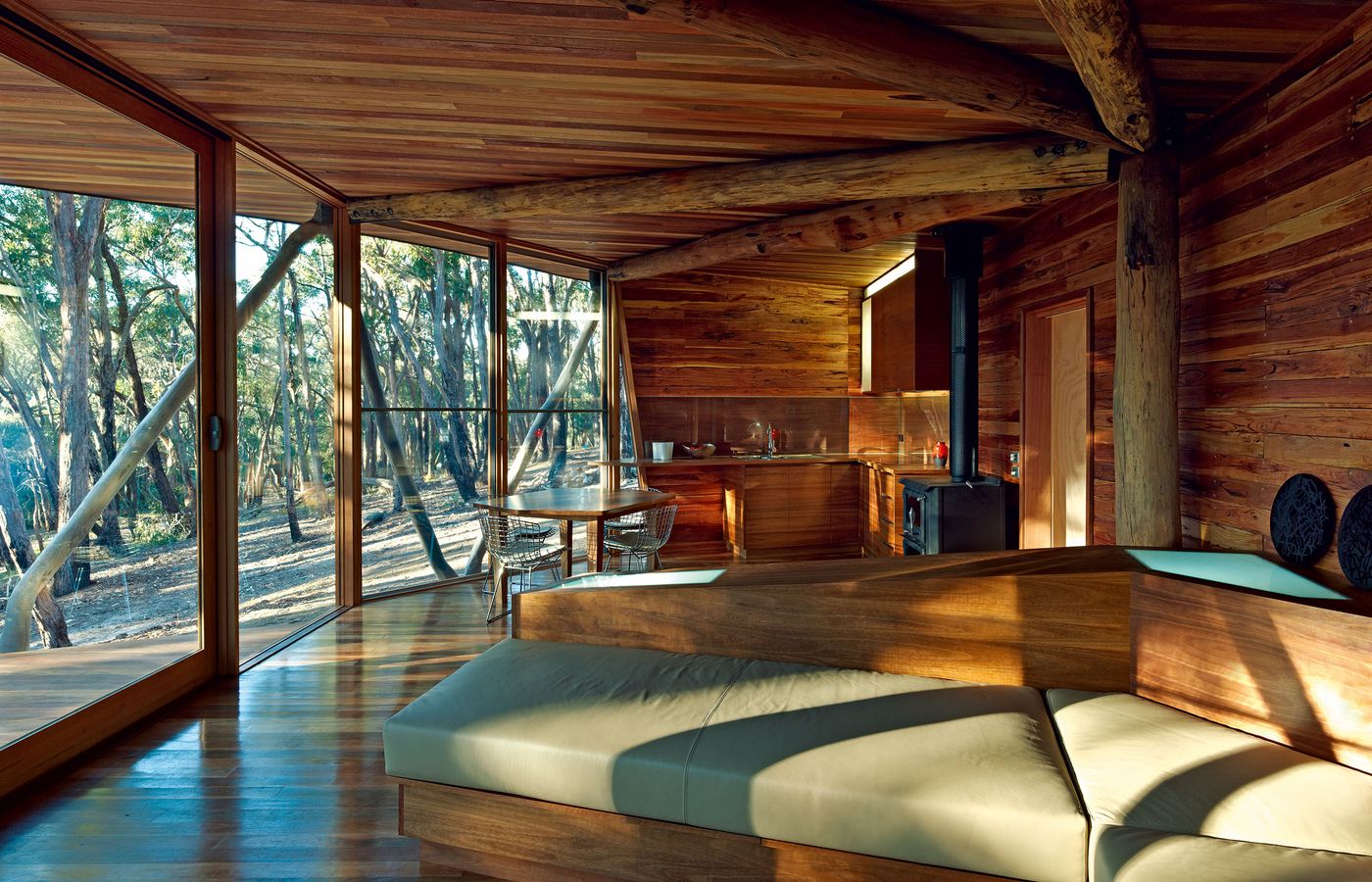
Trunk House by Paul Morgan Architects in Central Highlands, Australia, from the book Rock the Shack. Photography: Peter Bennetts. Copyright Gestalten 2013.
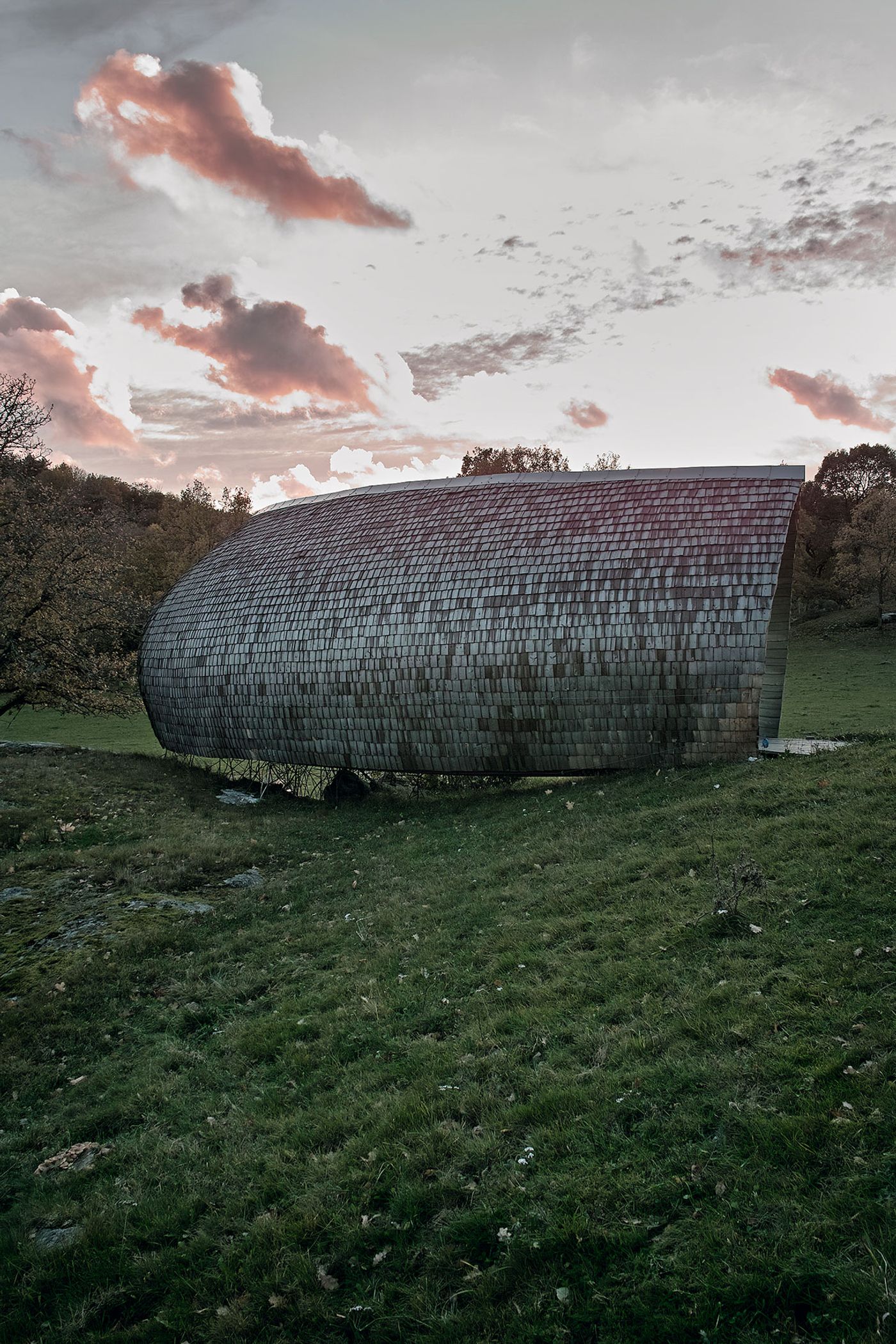
Hus-1 By Torsen Ottesjö in Kalmar, Sweden, from the book Rock the Shack. Photography: David Jackson Relan. Copyright Gestalten 2013.
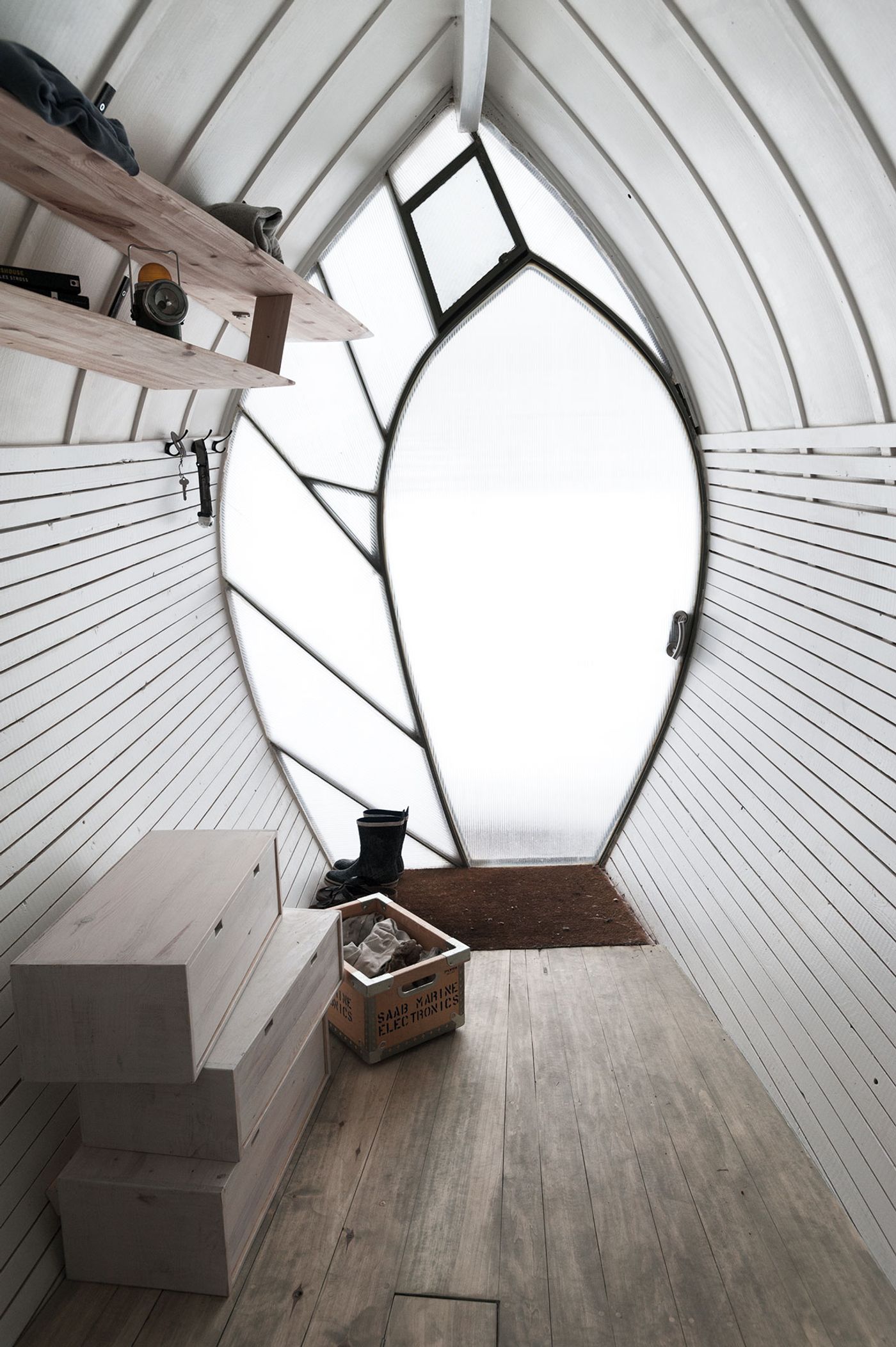
Hus-1 By Torsen Ottesjö in Kalmar, Sweden, from the book Rock the Shack. Photography: David Jackson Relan. Copyright Gestalten 2013.
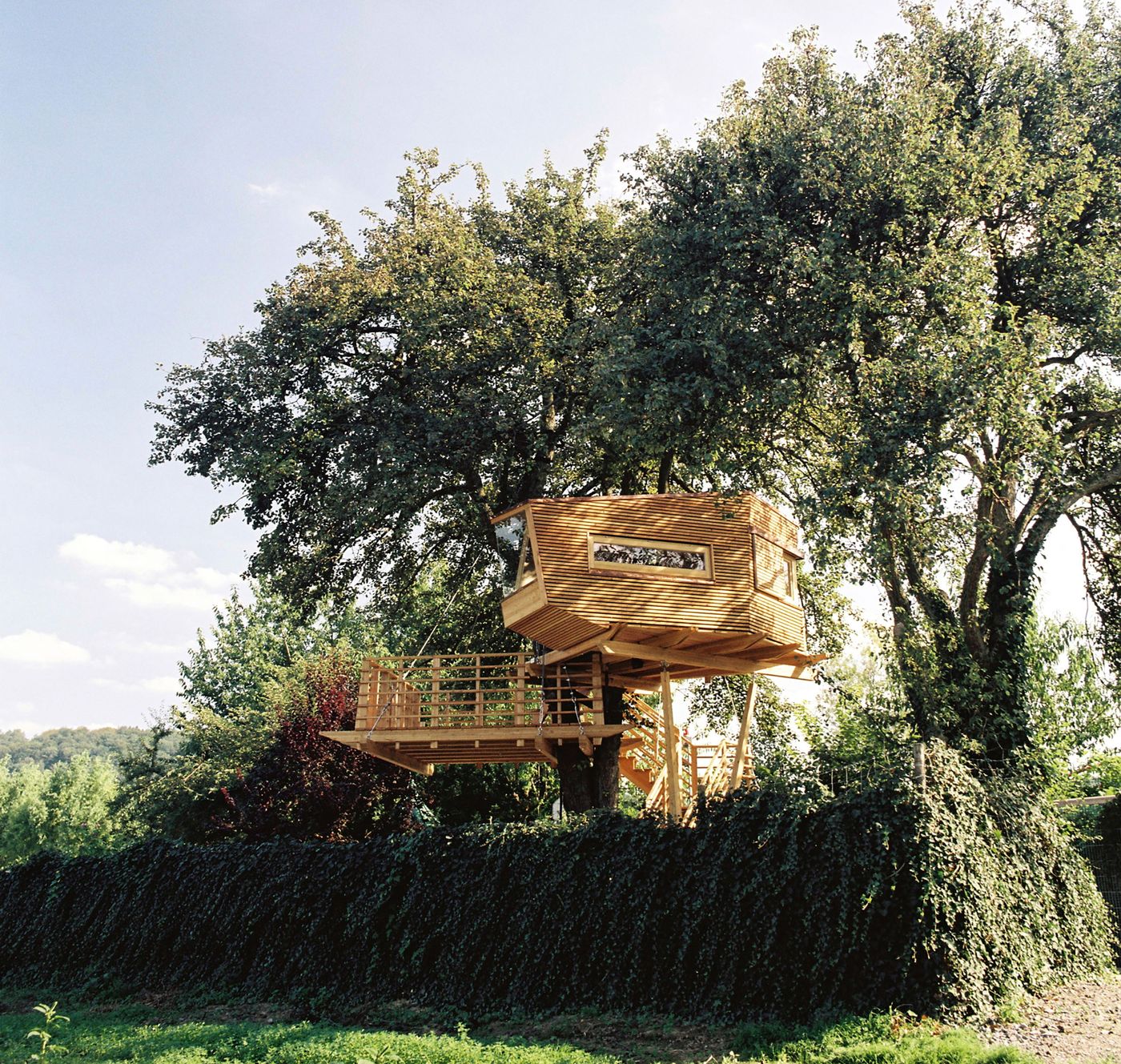
Peartree House by Raumbaum in Heilbronn-Franken, Germany, from the book Rock the Shack. Copyright Gestalten 2013.
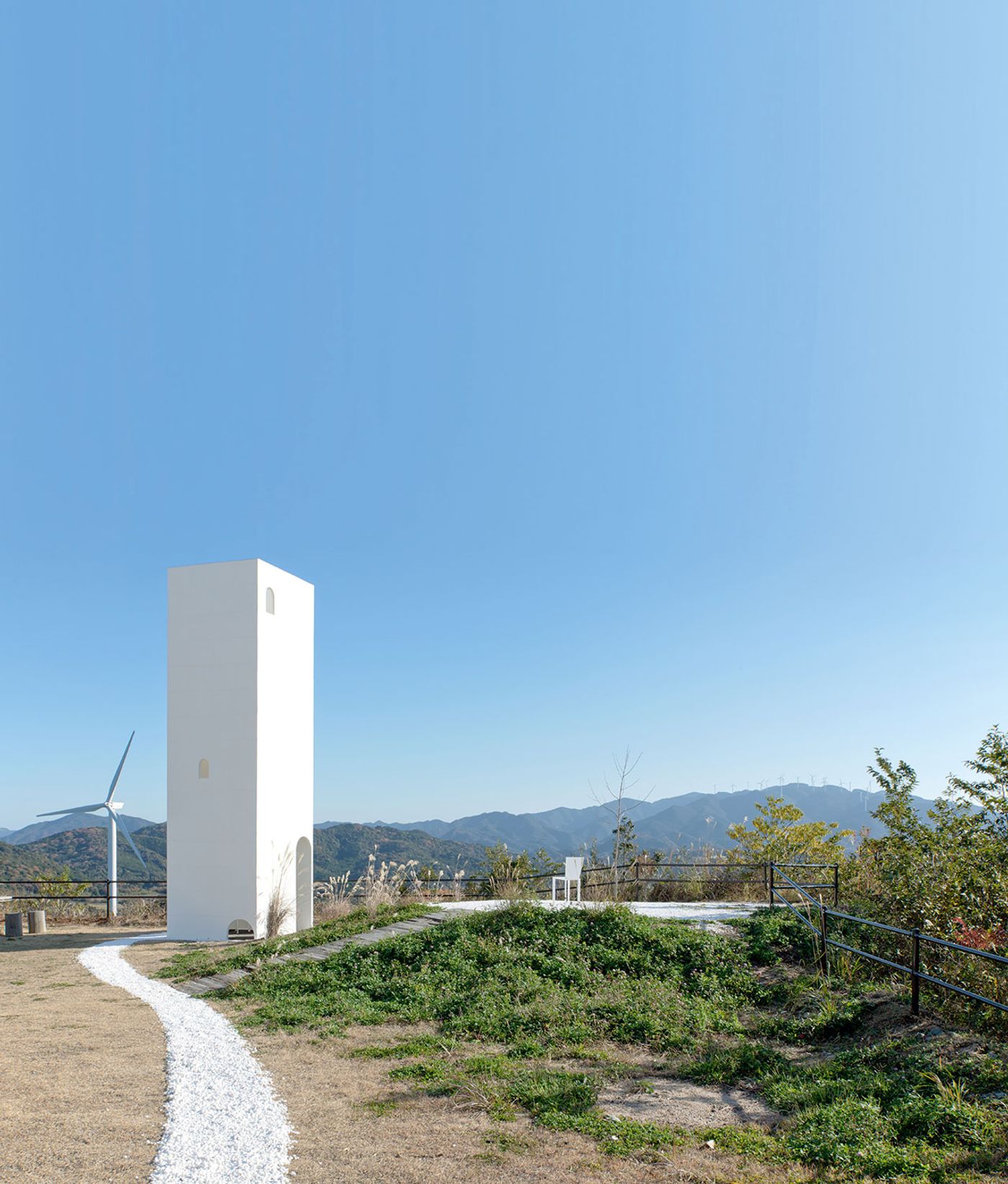
Little Hilltop with Wind View by Shingo Masuda, Katsuhisa Otsubo and Yuta Shimada in Chugoku, Japan, from the book Rock the Shack. Photography: Shingo Masuda, Katsuhisa Otsubo, Yuta Shimada. Copyright Gestalten 2013.

Squish Studio by Saunders Architecture in Newfoundland, Canada, from the book Rock the Shack. Photography: Bent ReneÌ Synnevåg. Copyright Gestalten 2013.
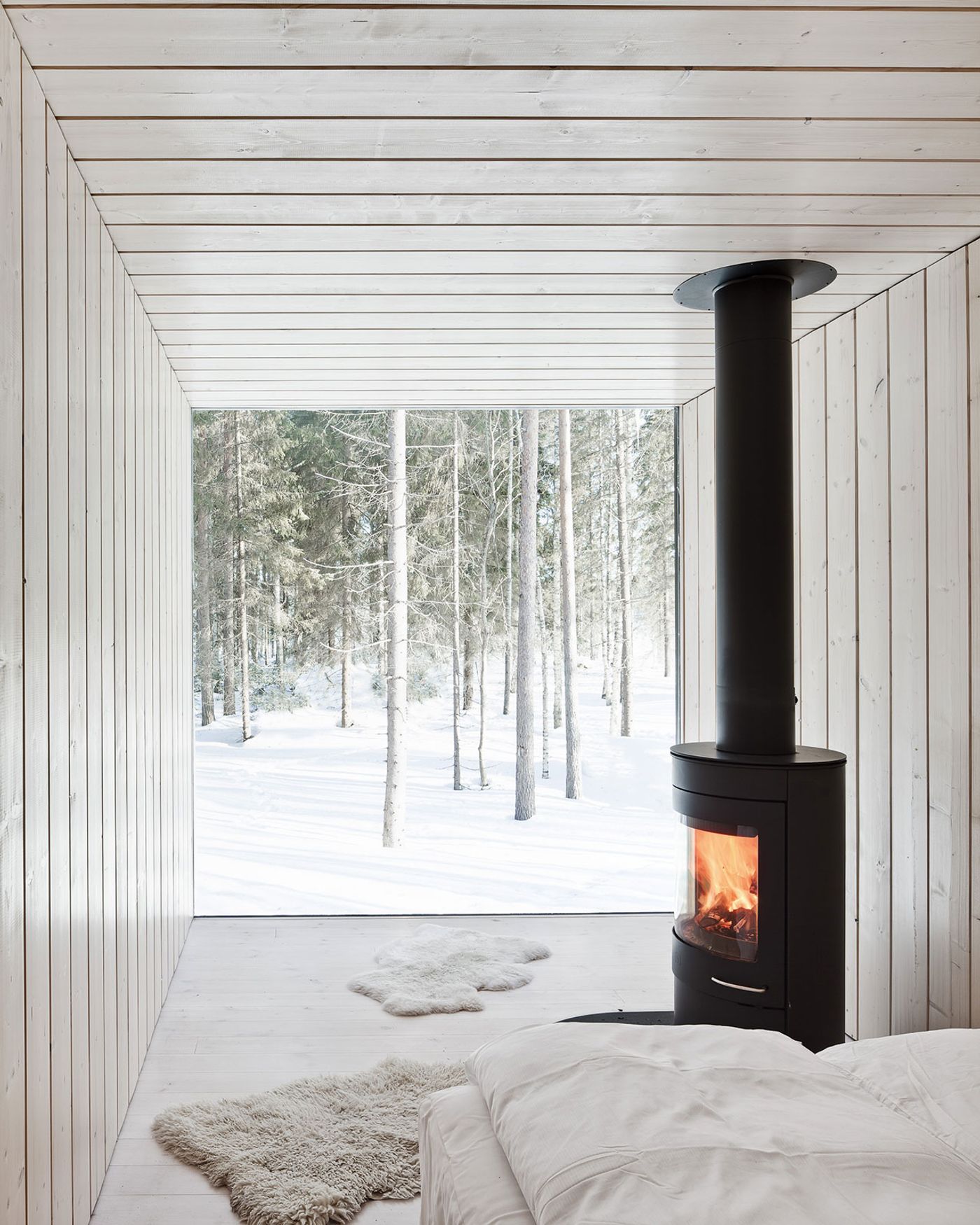
Four-Cornered Villa By Avanto Architects in Pirkanmaa, Finland, from the book Rock the Shack. Photography: Anders Portman and Martin Sommerschield. Copyright Gestalten 2013.
While some of the designs are more experimental than others (an example being a spiral inhabitable sculpture-cum-auditorium on the top of an Alpine mountain in Switzerland), they all share a certain bareness and refined primitiveness — a roughness even, that according to co-editor Borges results from a constant search for the barely minimum requirements for living, as well as an intentional ‘‘exposure to the elements and hazards of nature’’. Organised in thematic groups based on the topographical surroundings of each project (land, forest, mountain and water), Rock the Shack is a pleasure to leaf through, not only for the sheer innovation and originality of the designs contained within, but also for the way in which it poses the question: of all the possessions and amenities we have learned to live with, isn’t there a lot we could do without?
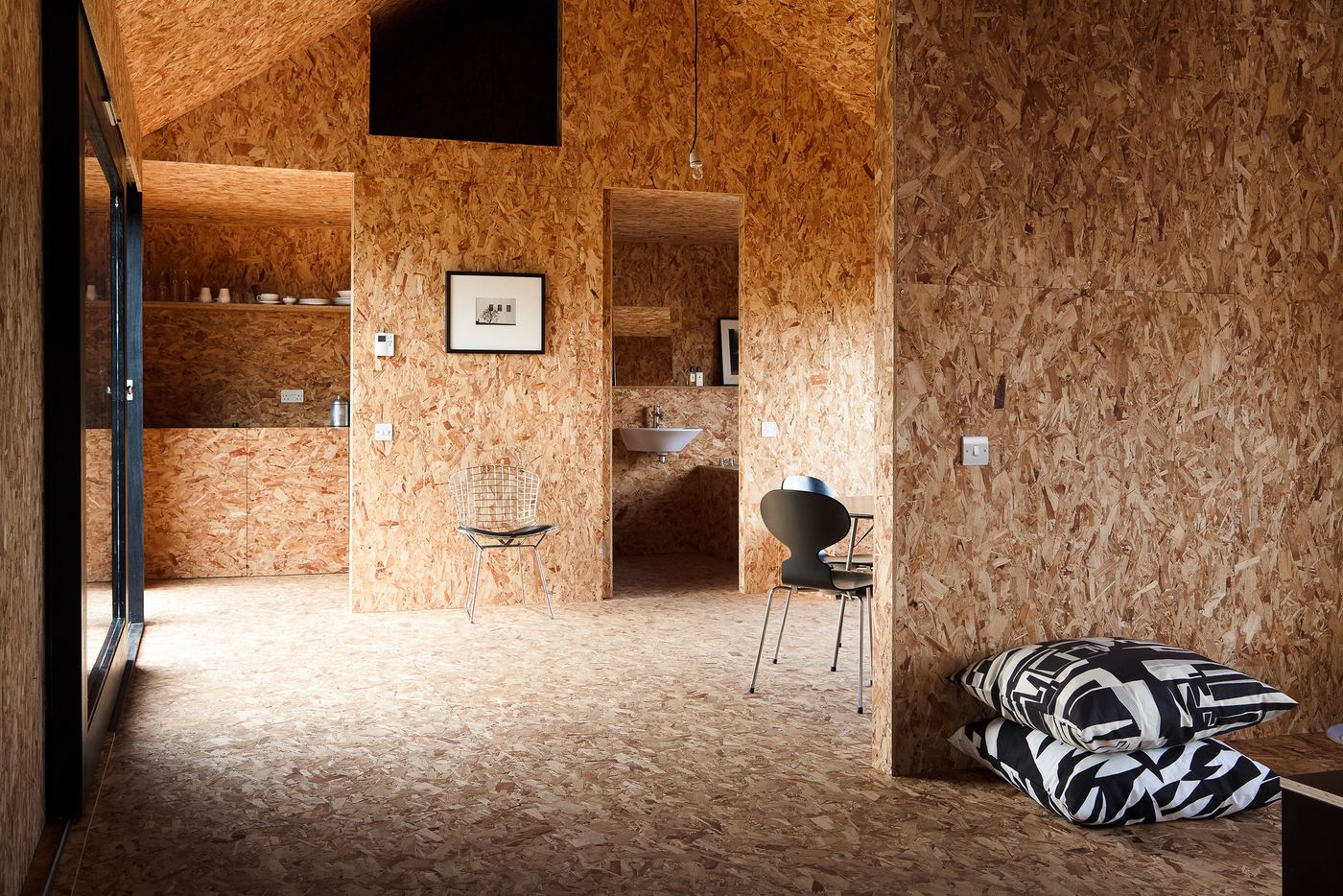
Stealth Barn by Carl Turner Architects in East of England, UK, from the book Rock the Shack. Photography: Tim Crocker. Copyright Gestalten 2013.
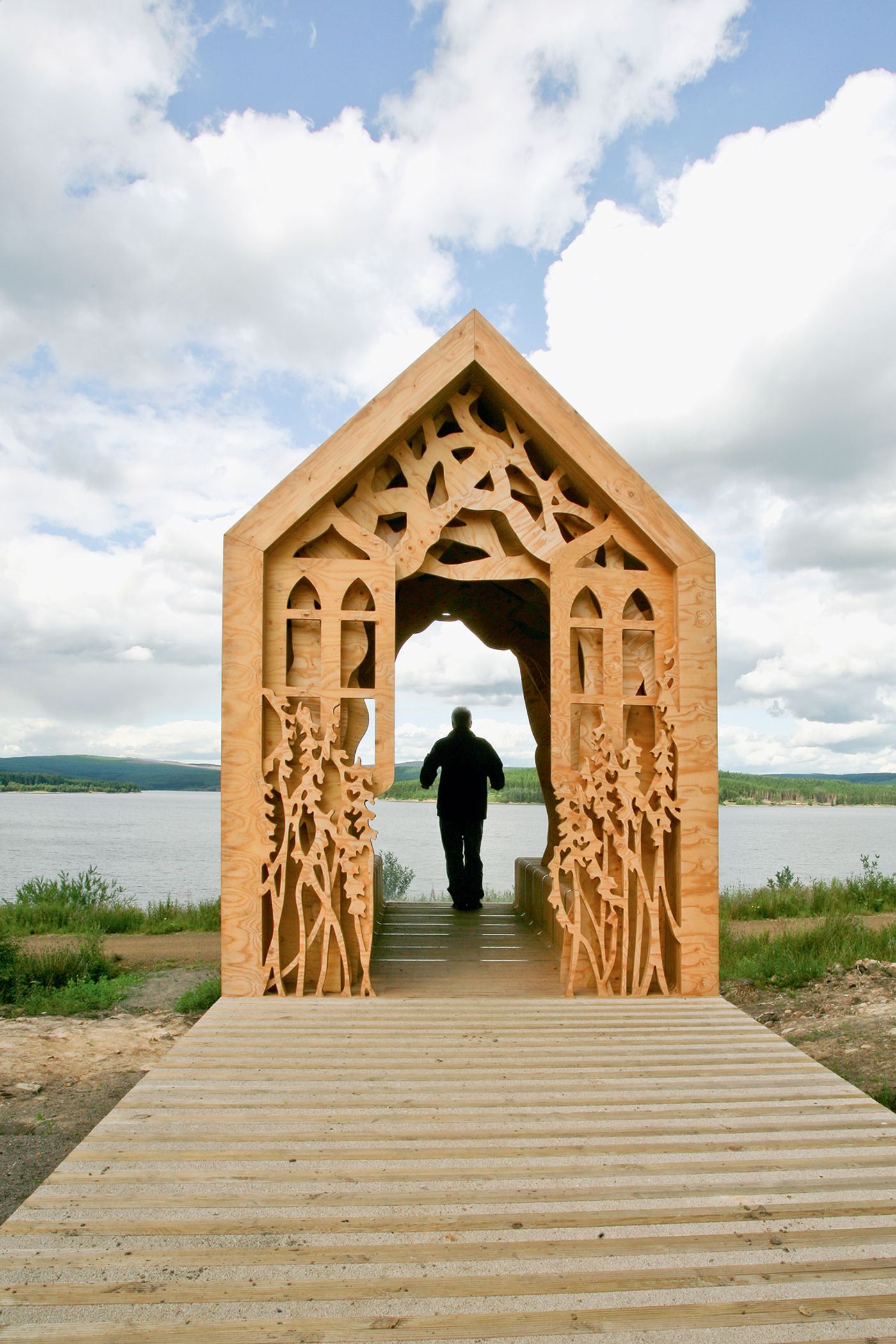
Freya and Robin by Studio Weave in North East England, UK, from the book Rock the Shack. Photography: Peter Sharpe. Copyright Gestalten 2013.

Family House in Zbecno by a.lt Architekti in Central Bohemia, Czech Republic, from the book Rock the Shack. Photography: Tomas Rasl. Copyright Gestalten 2013.
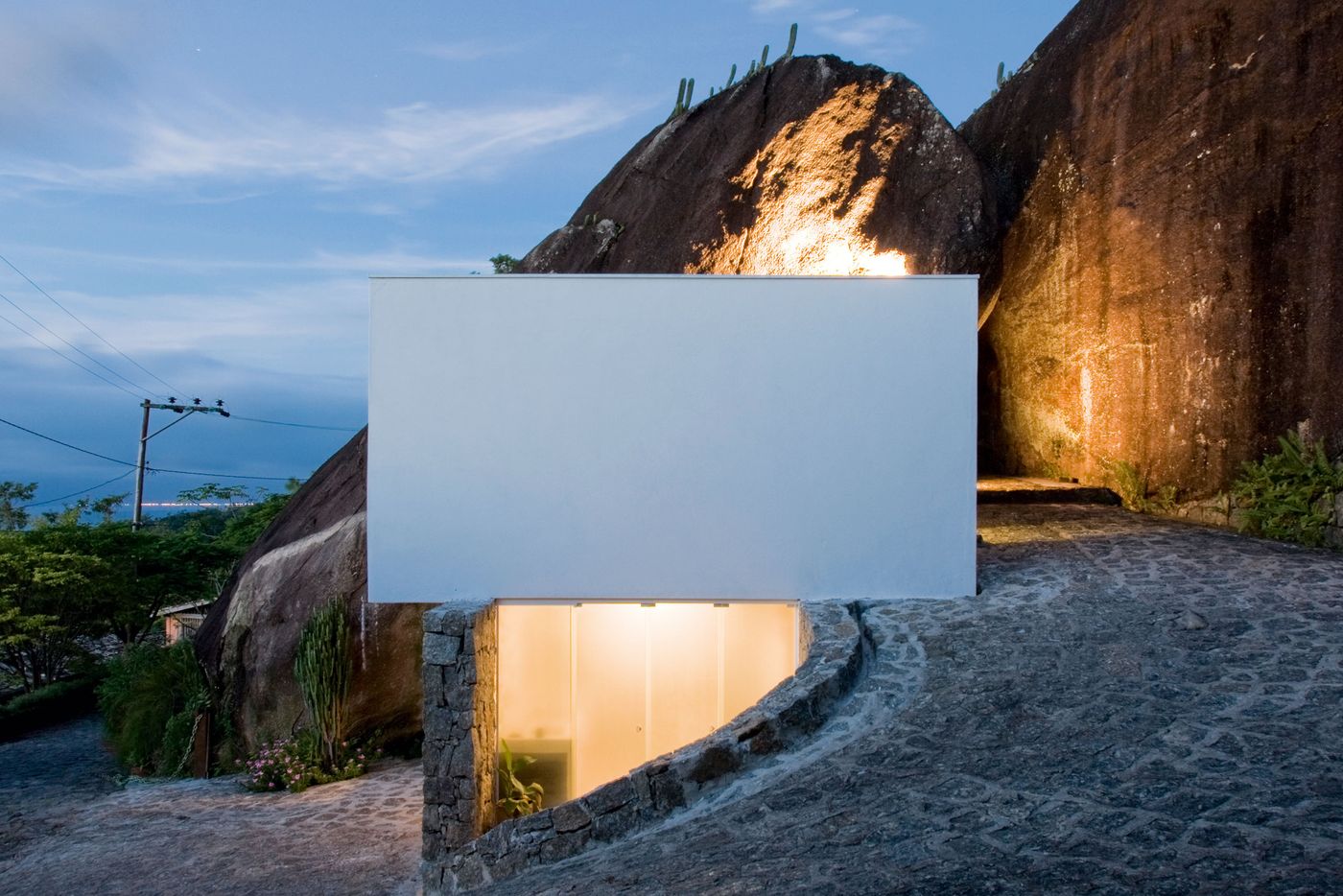
Box House by Alan Chu/Cristiano Kato Arquitetos in Southeast, Brazil, from the book Rock the Shack. Photography: Djan Chu. Copyright Gestalten 2013.
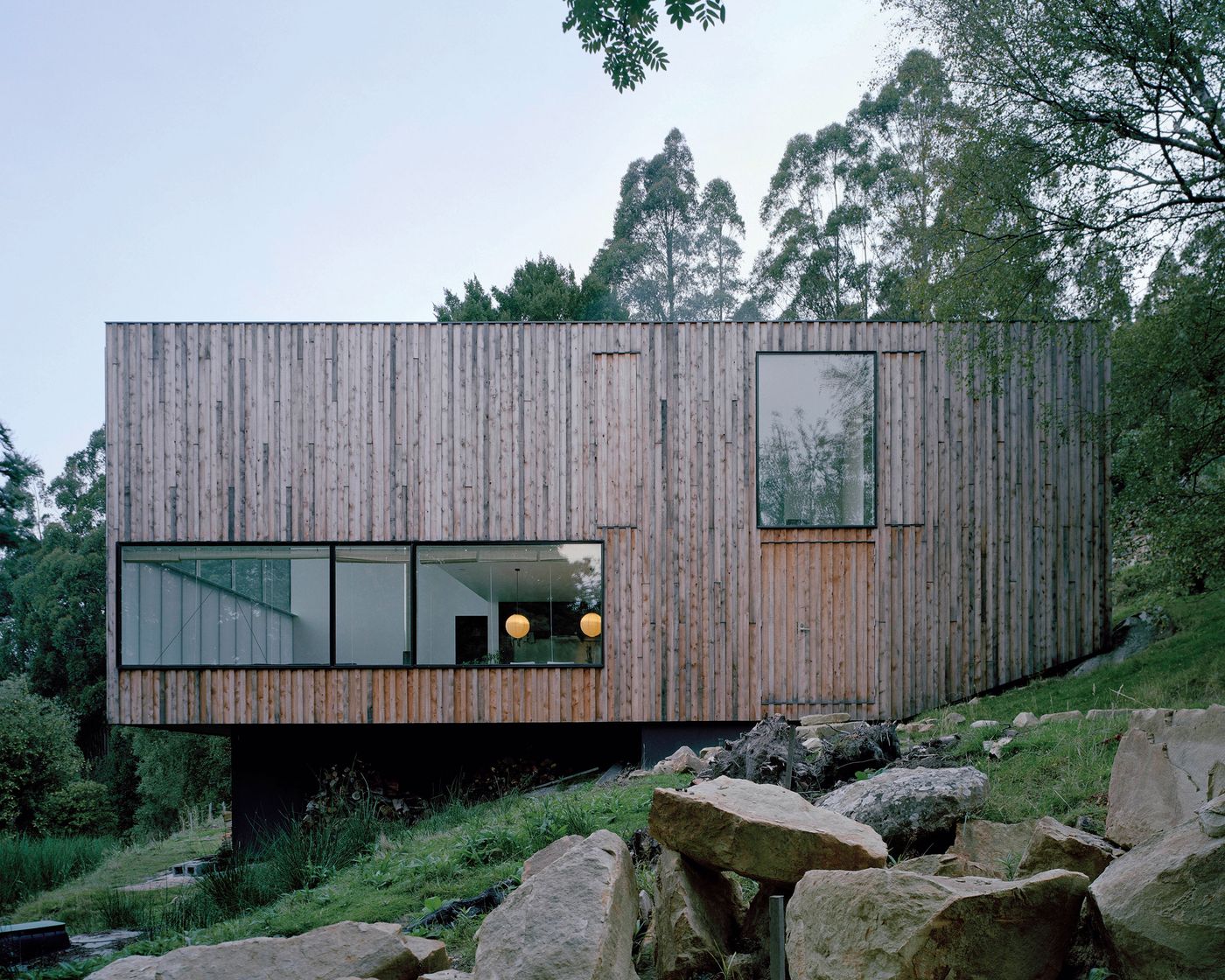
Little Big House by Room 11 in Tasmania, Australia, from the book Rock the Shack. Photography: Ben Hosking. Copyright Gestalten 2013.